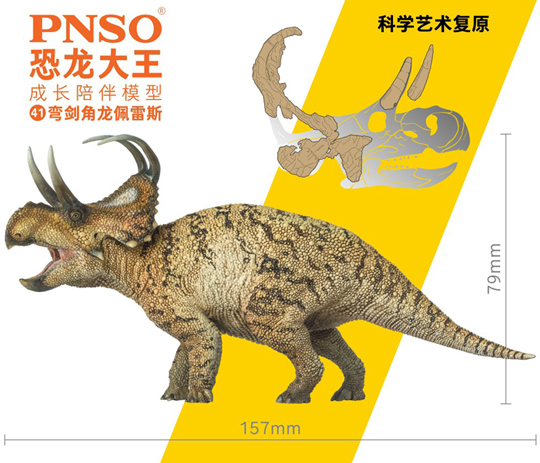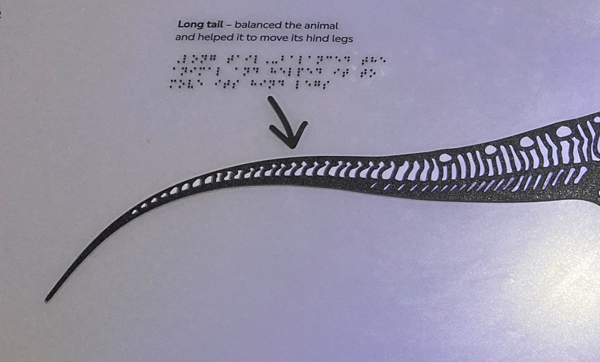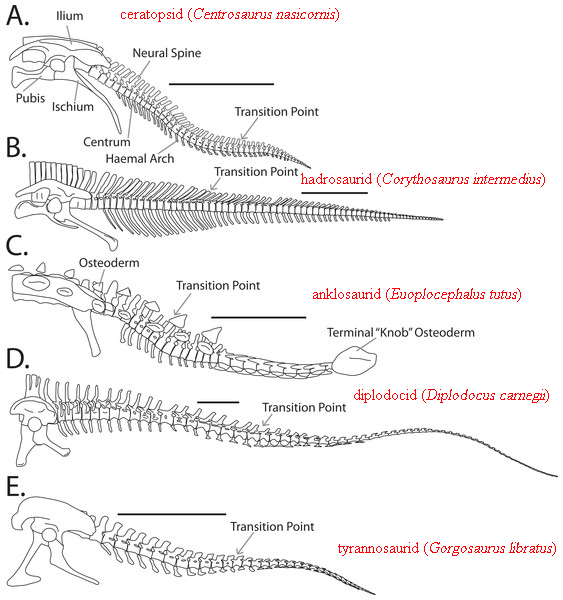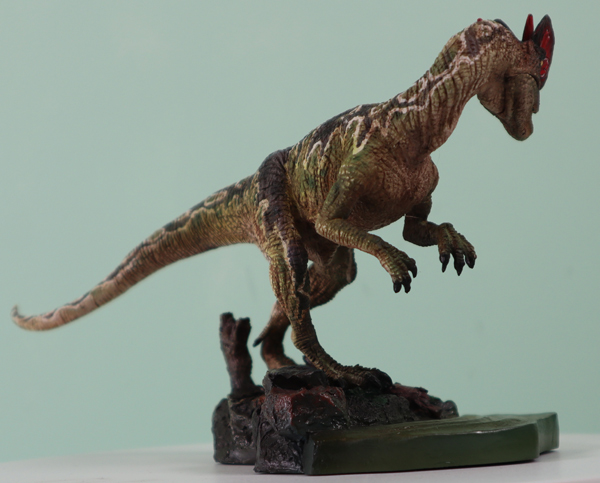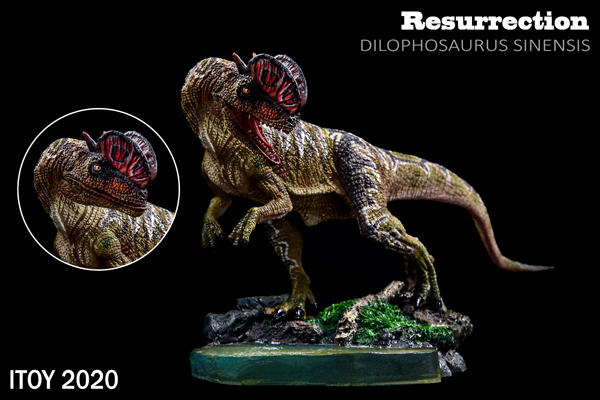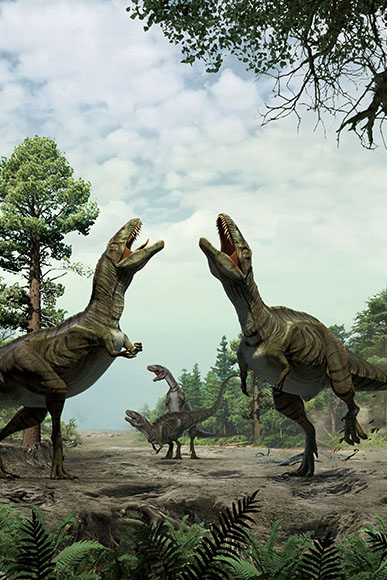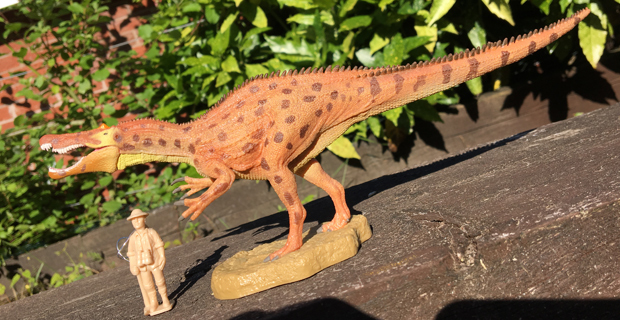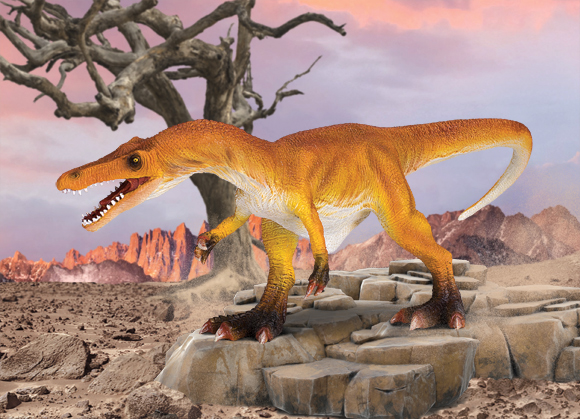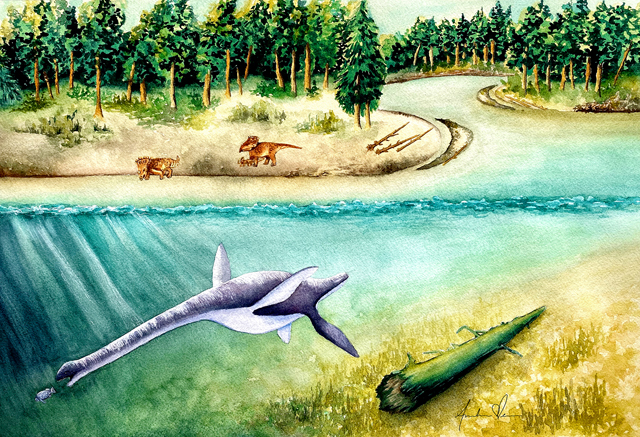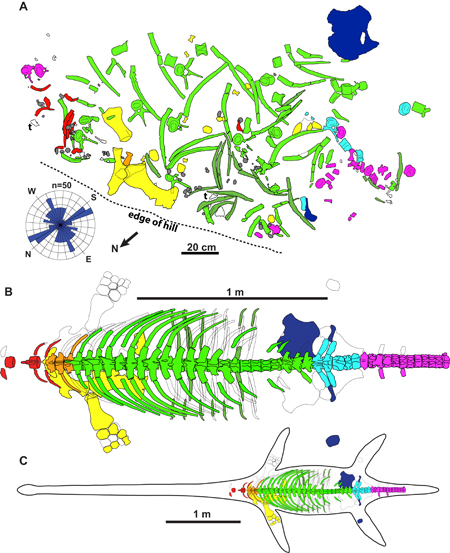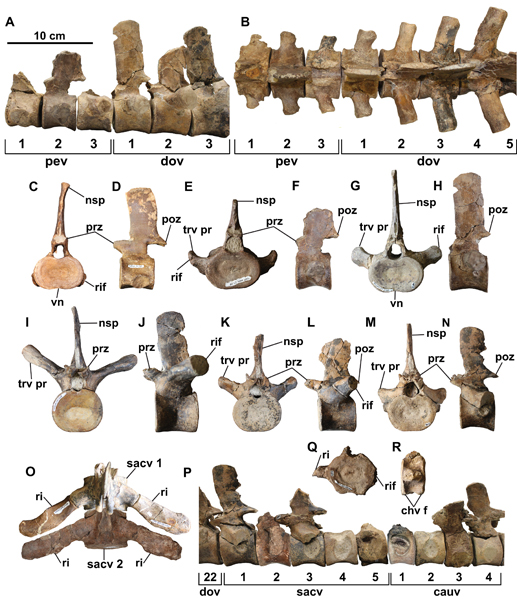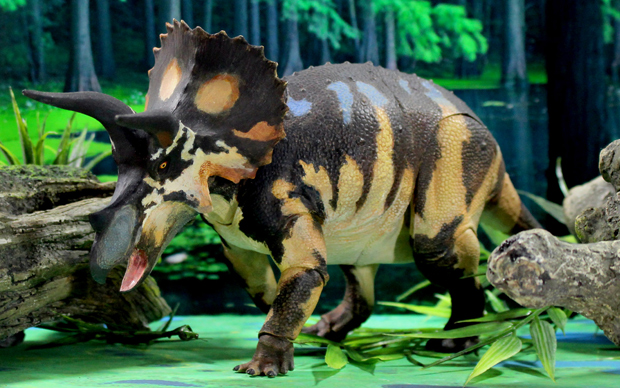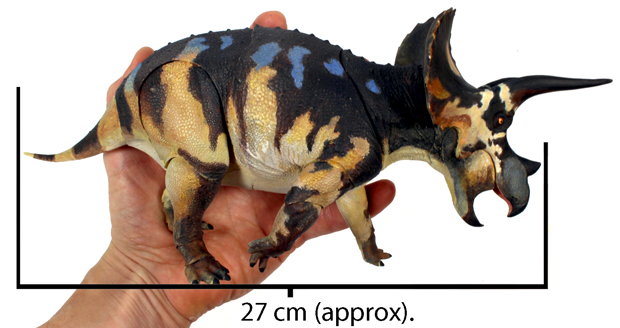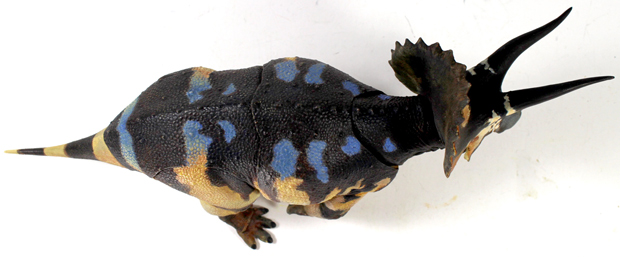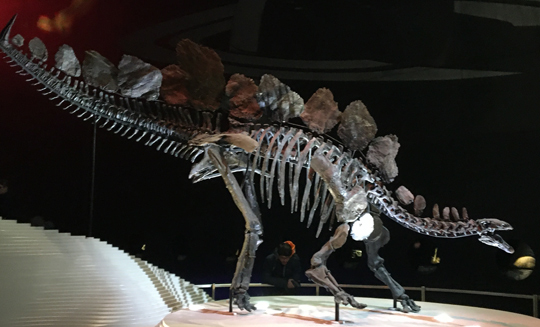Million-Year-Old DNA Sheds Light on Mammoth Evolution
A paper that sheds light on the evolutionary history of the mammoth has been published this week. Scientists led by researchers from the Centre for Palaeogenetics (a joint venture between Stockholm University and the Swedish Museum of Natural History), sequenced DNA recovered from mammoth remains that are up to 1.2 million years old. The analyses revealed that the Columbian mammoth which inhabited North America during the last ice age was a hybrid between the woolly mammoth and a previously unknown genetic lineage of mammoth. Furthermore, the study provides new insights into when and how fast mammoths became adapted to cold climate.
Ancient Mammoth DNA Provides New Insights into How These Mammals Adapted to Cold Climates
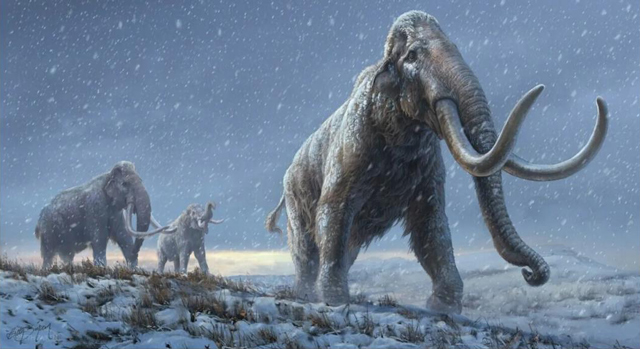
Siberian Steppe mammoths provided their descendants with many adaptations that helped these descendants adapt and thrive in cold environments.
Picture credit: Beth Zaiken (Centre for Palaeogenetics)
Commenting on the importance of this study, senior author Love Dalén, a Professor of evolutionary genetics at the Centre for Palaeogenetics stated:
“This DNA is incredibly old. The samples are a thousand times older than Viking remains and even pre-date the existence of humans and Neanderthals.”
Tracing the Evolutionary History of an Iconic Ice Age Elephant
Around one million years ago there were no Columbian or Woolly mammoths, these creatures had not evolved. This was the time of their predecessor, the Steppe mammoth (Mammuthus trogontherii), a prehistoric elephant which was very widely dispersed across Eurasia. Fossils have been found in the UK, perhaps most famously at West Runton on the Norfolk coast. Steppe mammoth fossils are also known from much of Europe and as far away as China. The research team extracted tiny amounts of DNA from mammoth teeth ranging in age from around 700,000 to 1.2 million years of age, that had been found eroding out of the Siberian permafrost.
An Illustration of Mammuthus trogontherii (Steppe Mammoth)
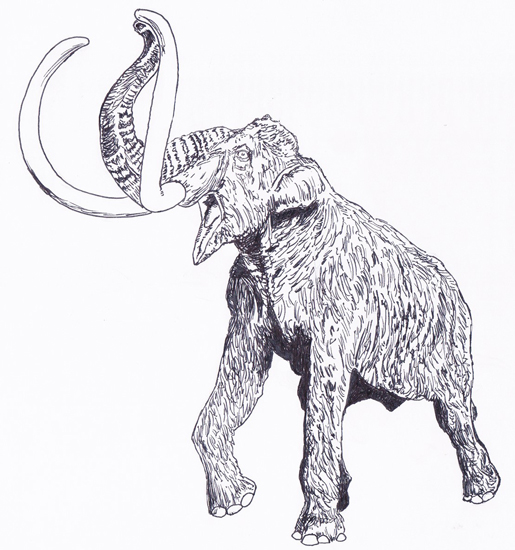
An illustration of a Steppe mammoth (Mammuthus trogontherii). Picture credit: Everything Dinosaur.
Picture credit: Everything Dinosaur
Professor Dalén added:
“This is the first time that DNA has been sequenced and authenticated from million-year-old specimens and extracting the DNA from the samples was challenging.”
Unexpected Results
Analyses of the genomes showed that the oldest specimen, which was approximately 1.2 million years old, belonged to a previously unknown genetic lineage of mammoth. The researchers refer to this as the Krestovka mammoth, based on the Siberian locality where the fossil teeth were found. Writing in the academic journal Nature, the scientists report that the Krestovka mammoth diverged from other Siberian mammoths more than two million years ago.
Tom van der Valk from the Centre for Palaeogenetics, the paper’s lead author explained:
“This came as a complete surprise to us. All previous studies have indicated that there was only one species of mammoth in Siberia at that point in time, called the Steppe mammoth. But our DNA analyses now show that there were two different genetic lineages, which we here refer to as the Adycha mammoth and the Krestovka mammoth. We can’t say for sure yet, but we think these may represent two different species.”
The Columbian Mammoth was a Hybrid
The research team proposes that it was mammoths that belonged to the Krestovka lineage that colonised North America some 1.5 million years ago. Furthermore, the analyses show that the Columbian mammoth that inhabited North America during the last ice age, was a hybrid. Roughly half of its genome came from the Krestovka lineage and the other half from the Woolly mammoth.
Co-author Patrícia Pečnerová from the Swedish Museum of Natural History commented:
“This is an important discovery. It appears that the Columbian mammoth, one of the most iconic Ice Age species of North America, evolved through a hybridisation that took place approximately 420 thousand years ago.”
Genomic Data (DNA) Extracted from a Mammoth Tooth Approximately 1.2 Million Years Old

Views of the mammoth tooth more than 1.2 million years old from which ancient DNA was extracted. Note scale bar = 5 cm.
Picture credit: Natural History Museum of Stockholm
Plotting Mammoth Evolution
The scientists could now compare the genome from mammoths covering a span of one million years. This made it possible to investigate how mammoths became adapted to a life in cold environments and to what extent these adaptations evolved during the speciation process. The analyses showed that gene variants associated with life in the Arctic, such as hair growth, thermoregulation, fat deposits, cold tolerance and circadian rhythms, were already present in the million-year-old mammoth, long before the origin of the Mammuthus primigenius (Woolly mammoth). These results suggest that most adaptations in the mammoth lineage happened slowly and gradually over time.
Recovering DNA?
It may be possible to recover even older DNA from the permafrost of Siberia. The researchers speculate that genomic data could be recovered from fossilised teeth that dates back more than two million years, perhaps as far back into deep time as 2.6 million years. Unfortunately, there is a limit to what can be achieved with the current technology and prior to 2.6 million years ago, there was no permafrost where ancient DNA could have been preserved.
The mammoth DNA represents the oldest genomic data known to science. In 2013, Everything Dinosaur reported on genomic data that was recovered from the leg bone of horse found in Canada. The horse specimen was approximately 700,000 years old. To read more about this remarkable research: The Rocking Horse – Ancient Fossil Decodes Horse Evolution.
Everything Dinosaur acknowledges the assistance of a media release from the Centre for Palaeogenetics in the compilation of this article.
The scientific paper: “Million-year-old DNA sheds light on the genomic history of mammoths” by Tom van der Valk, Patrícia Pečnerová, David Díez-del-Molino, Anders Bergström, Jonas Oppenheimer, Stefanie Hartmann, Georgios Xenikoudakis, Jessica A. Thomas, Marianne Dehasque, Ekin Sağlıcan, Fatma Rabia Fidan, Ian Barnes, Shanlin Liu, Mehmet Somel, Peter D. Heintzman, Pavel Nikolskiy, Beth Shapiro, Pontus Skoglund, Michael Hofreiter, Adrian M. Lister, Anders Götherström and Love Dalén published in the journal Nature.
Visit the Everything Dinosaur website: Everything Dinosaur.


